For some people, a pet is not so much man's best friend as a status symbol. Whether it's a pint-sized pure-bred pooch, an exotic snake or a tropical bird, a luxury pet can be a costly companion.
It's not just the initial purchase price. There's also the cost of food, vet bills, grooming and care to consider. Here are some of the priciest pets but buyer be warned: these exotic creatures may best left to the wild.
Macaw
These beautiful birds native to Central and South America are known as giants of the parrot world. Although they may be a status symbol for some, there are grave conservation concerns for several species in the wild and many are illegally trapped for the pet trade, according to National Geographic. The hyacinth macaw is the longest parrot in the world, with a head to tail length of more than 3 feet and a wingspan of roughly 4 feet. These intelligent birds can fetch tens of thousands of dollars but require large cages, a varied diet of seeds, fruits and leaves, and a rotation of toys to entertain them.
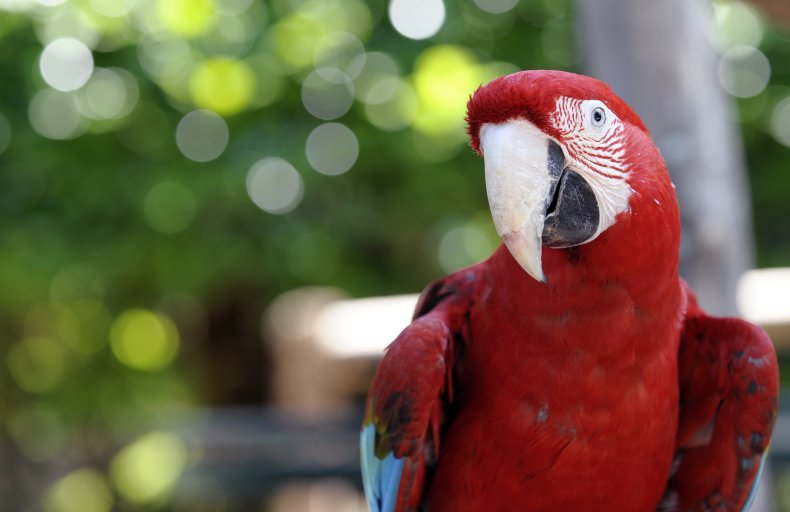
Micro pig
The micro pig is one of the latest fads in pet ownership, with social media awash with videos of the petite creatures in urban homes. Although they may look cute (and can even be toilet trained like dogs), they typically cost thousands to buy and require thousands more to be spent on their care. These intelligent, inquisitive and social pets are smaller than farm pigs but they can still weigh between 100 and 200 pounds and require plenty of food, check-ups and vaccinations. Zoning laws in some states won't allow pigs to be raised in non-agricultural settings. Animal charity the RSPCA warns that a pig's inquisitive nature means they enjoy foraging and chewing, so they can be unsuitable for those who want to keep a well-manicured garden or indoor space.

Iguana
Iguanas come from hot and humid environments in South America and so require particular conditions and care. Their enclosures need heating, a humidity device that keeps levels between 65 and 75 percent, and a light source to maintain constant UVA and UVB. Climbing items are also integral for their care, according to Pet Assure.

Savannah cat
These elegant felines are tall and slender, and don't differ too much in temperament to the regular domestic house cat. The main point of difference is the cost of buying one, which can be up to $20,000. "The Savannah cat is the most sought after companion animal in the world today," Cynthia King, a breeder from Indiana, told ABC News. "They are known not only for their exotic and dramatic looks, but also for their high level of intelligence and their loving temperament, which is dog-like." These beautiful pets are the result of mating a wild African serval with a smaller domestic cat. The breeding process can be difficult, which adds to this animal's rarity value.

Tibetan mastiff
Tibetan mastiffs are one of the world's largest dogs and were originally bred as guard dogs to protect livestock and homes. According to the American Kennel Club, they are extremely independent, intelligent and highly protective of their family. Their immense double coat sheds once a year and needs regular brushing. Purebred Tibetan mastiffs are rare and can cost up to $5,000. A pure-bred Red Tibetan mastiff named Big Splash was sold for a whopping $1.5 million to a Chinese tycoon in 2011.

Chinese crested hairless dog
Although it's not everyone's cup of tea, the Chinese crested hairless dog is a friendly and pleasant breed to own. These rare dogs can cost upwards of $3,000 and need to be protected from the sun as they are prone to sunburn.

Lavender albino ball python
The rare lavender albino ball python is the product of a recessive color mutation. It is highly coveted by snake collectors because of its lavender base color combined with a bright yellow pattern and deep red eyes. The species doesn't reach sexual maturity until 2 to 3 years of age and the breeding process is a year-long cycle where eggs are often infertile, according to Animal World. This snake, which originally hails from Africa, typically reaches 3 to 4 feet in length and costs thousands of dollars upfront.
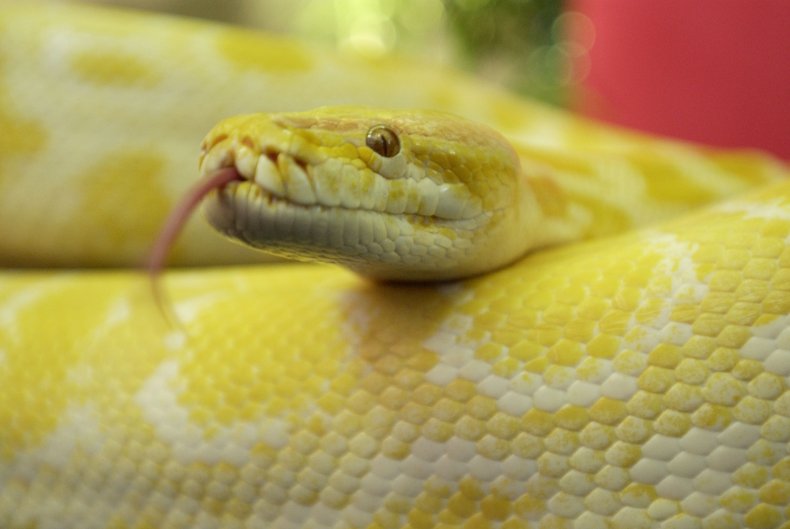
Ayam cemani
These chickens from Indonesia are completely black, from their feathers to their beaks. Even their bones and internal organs are black. Their coloring is the result of a rare gene that causes hyperpigmentation. The breed was traditionally associated with local elites and royalty and was used in rituals as early as the 12th century, Harvard anthropologist Veronika Kusumaryati told the Smithsonian Magazine. Ayam cemanis are difficult to obtain in the United States, where fear of avian flu has led to a ban on direct imports from Indonesia. The unusual chickens can fetch up to $4,000 each, according to a Vice report from 2014.
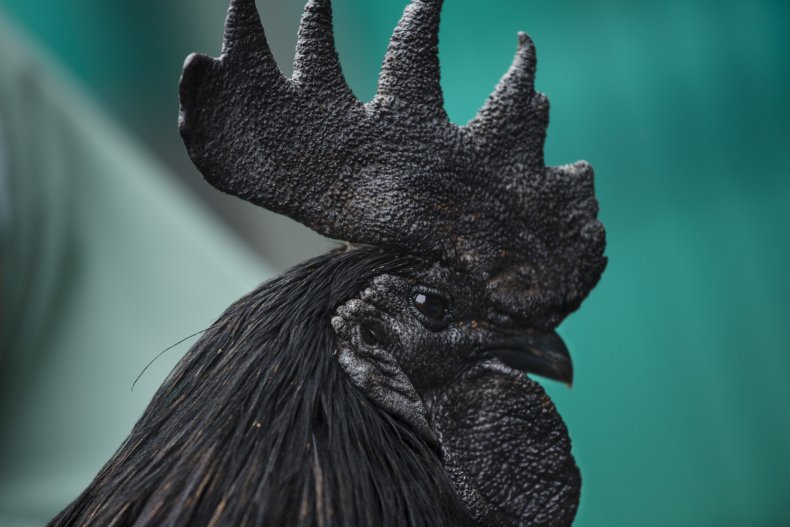
Stag beetle
This unusual pet is one of the largest and most expensive insects in the world. The stag beetle has curling mandibles and antlers protruding from its black head, inspiring its name. It is popular in Japan, where some owners pit their pets against others in beetle fights, according to National Geographic. Back in 1999, a giant stag beetle was sold to a Japanese businessman for $90,000.
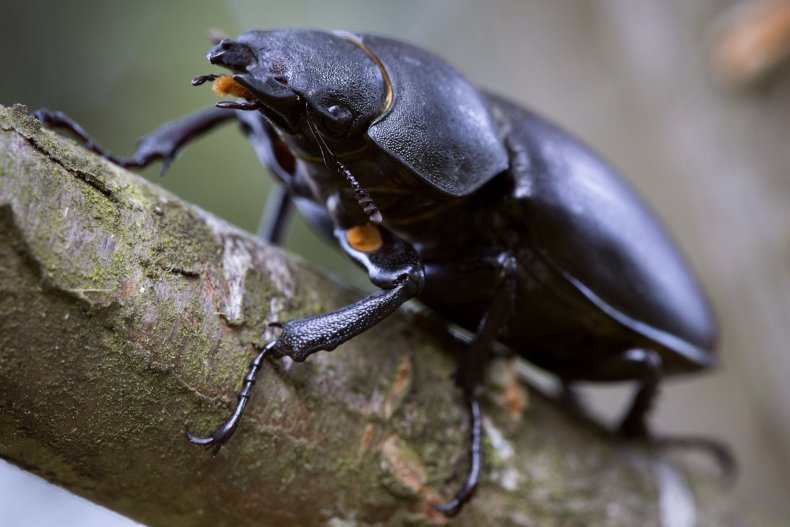
Racing pigeon
The humble pigeon might be a nuisance to some, but it has been used for centuries to carry messages. Homing pigeons are now popular among people who enter their feathered pets in lucrative racing competitions. Specialty pigeon breeds including Jacobins, fantails and pigmy pouters are also bred to compete at exhibitions or shows. Pigeon racing has become a popular sport in China in recent years, with one Chinese buyer spending more than $1.4 million on a bird in 2019, according to the Pigeon Paradise website. The animal, named Armando, was described as the best long-distance racing pigeon "of all time."

Capybara
Capybaras are the largest rodents in the world and are often thought to resemble enormous guinea pigs. They require a lot more care than their smaller cousins, however, and are far harder to come by. These rodents are semi-aquatic and require a body of water to swim in.

Sumatran tiger
As viewers of Netflix's Tiger King will know, the Sumatran tiger is one of the most exotic— though ethically contentious—pets. These majestic felines are among the smallest tigers but can weigh up to 310 pounds and need a vast amount of space to roam. A tiger cub can cost anywhere from $800 to $5,000 but unscrupulous breeders, poaching and the illegal trade make this critically endangered animal one to avoid as a pet. Sadly, captive tigers in the U.S. outnumber those in the wild, according to National Geographic.

Anteater
Salvador Dali was famously photographed walking the streets of Paris with an anteater on a lead in 1969. There are four species of the mammal, which is native to Central and South America: the giant anteater, the silky anteater, the northern tamandua and the southern tamandua. Many prefer the tamandua because of its smaller size. The animal's long tongue allows it to eat thousands of ants and termites from inside mounds and nests. Anteaters have disappeared from much of their natural habitat because of habitat loss and hunting for food and as pests, said San Diego Zoo.
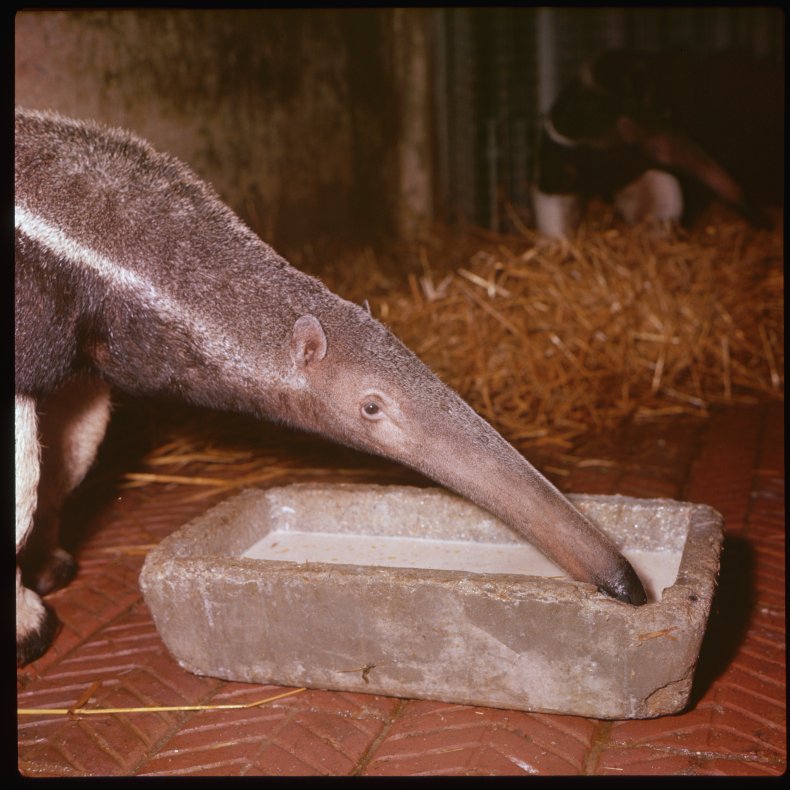
Sugar glider
This small possum glides from tree to tree so needs a proper enclosure with enough space to allow it to climb on branches, according to Animal Planet. The tiny marsupials weigh only about 3 ounces and are nocturnal so rarely adapt to daytime activities. Regulations in various U.S. states make the Australian natives difficult and expensive to own as pets.

Piranha
These fish are known as aggressive carnivores typically found in rivers across the Amazon Basin. The most common piranha sold as a pet is the red-bellied Pygocentrus nattereri, a silver-grey fish with bright red-orange in the throat, breast and stomach. However, they require specific care and should be kept in an aquarium with pH between 6.5 and 7.8, alkalinity between 50 ppm and 140 ppm, and temperature between 75°F and 80° F, according to Aqueon. Piranhas, which are banned as pets in some U.S. states, are also sensitive to sudden temperature changes.
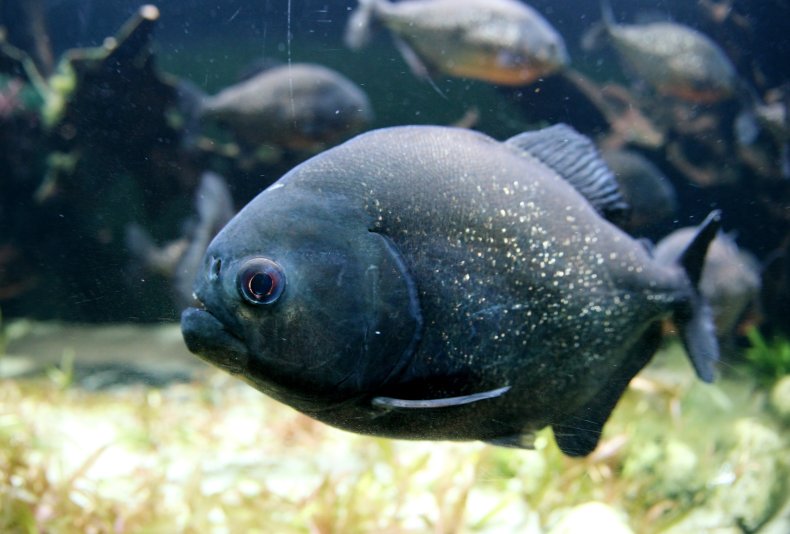
"expensive" - Google News
March 25, 2021 at 06:00AM
https://ift.tt/2PqaADQ
The 20 Most Expensive Pets to Own - Newsweek
"expensive" - Google News
https://ift.tt/2GwwnlN
Shoes Man Tutorial
Pos News Update
Meme Update
Korean Entertainment News
Japan News Update
Bagikan Berita Ini














0 Response to "The 20 Most Expensive Pets to Own - Newsweek"
Post a Comment